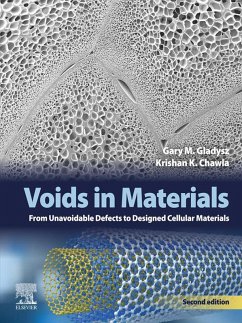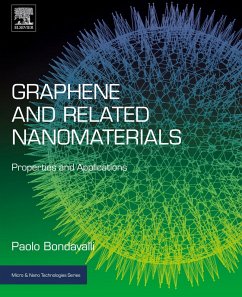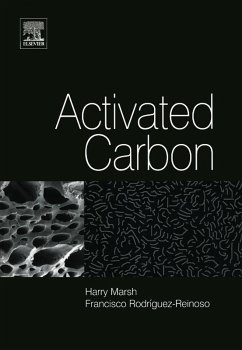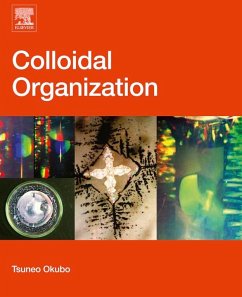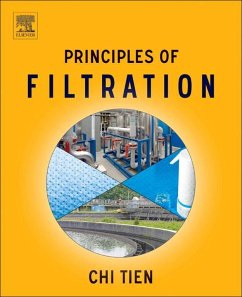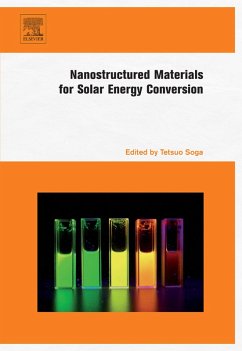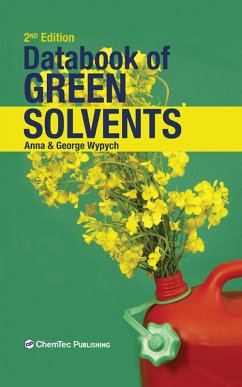
Voids in Materials (eBook, ePUB)
From Unavoidable Defects to Designed Cellular Materials
Versandkostenfrei!
Sofort per Download lieferbar
100,95 €
inkl. MwSt.
Weitere Ausgaben:

PAYBACK Punkte
50 °P sammeln!
Voids in Materials treats voids of different shapes and forms in various materials, and examines their effects on material properties. The book covers the origins of voids in materials, how they are sometimes introduced in the form of hollow spheres, and the resultant properties of materials containing voids. There are many books that focus on foams (which intentionally incorporate voids into materials) and that cover voids incidental to or unwanted in the fabrication of non-porous materials. In fact, all materials have voids. This book starts from the premise that voids are pervasive in all m...
Voids in Materials treats voids of different shapes and forms in various materials, and examines their effects on material properties. The book covers the origins of voids in materials, how they are sometimes introduced in the form of hollow spheres, and the resultant properties of materials containing voids. There are many books that focus on foams (which intentionally incorporate voids into materials) and that cover voids incidental to or unwanted in the fabrication of non-porous materials. In fact, all materials have voids. This book starts from the premise that voids are pervasive in all material on some level. It goes beyond foams to provide a comprehensive overview of voids, a central reference for scientists and engineers to use for the effect of voids in materials. - Includes 3D renderings of void geometries - Explains how and why voids are introduced into materials across the length scales; from nanometer-scale voids up to macro-scale voids - Provides a continuous picture of how material properties change as the volume fraction of voids increases, and the implications for product design
Dieser Download kann aus rechtlichen Gründen nur mit Rechnungsadresse in A, B, BG, CY, CZ, D, DK, EW, E, FIN, F, GR, HR, H, IRL, I, LT, L, LR, M, NL, PL, P, R, S, SLO, SK ausgeliefert werden.




